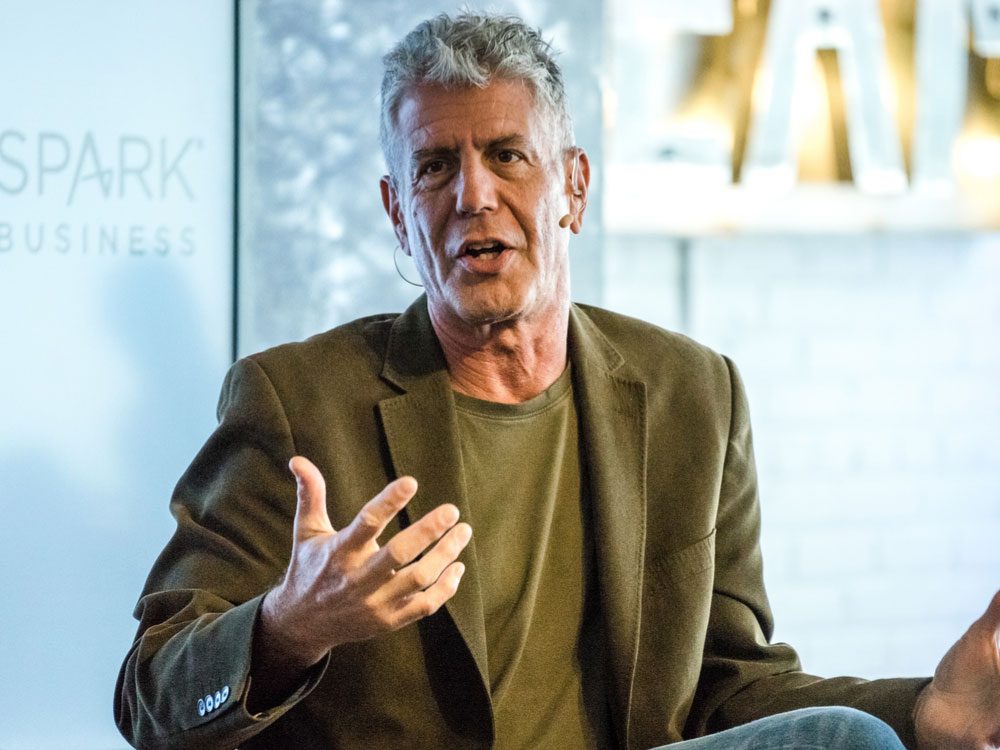
Is hosting the World Cup worth it?
Every four years, soccer fans gather and watch their favourite teams and countries compete for the ultimate title—World Cup Champions. Although the competition only happens every few years, host-countries are informed ahead of time to prepare for the hefty price tag. The 2018 FIFA World Cup host, Russia, is reportedly spending around $11 billion.
That amount typically accounts for upgraded infrastructure and facilities to accommodate both tourists and players. FIFA only covers the operating costs for the event itself. Additional improvements to things like transportation and infrastructure are in the host nation’s hands. Brazil, the host for the 2014 competition, spent roughly $15 billion. That’s a massive jump from the $4 billion that South Africa spent back in 2010.
There is also a persistent debate on whether or not hosting the tournament is worth it in the long-run, economically. Russia estimates, however, that hosting will boost their economy anywhere from about $26 billion to $30 billion through tourism and investment benefits.
Future host countries are preparing for the costs too. Qatar is hosting the 2022 World Cup and is spending an estimated $200 billion—$500 million per week—on World Cup projects. Meanwhile, the United States, Canada and Mexico will be joint hosts for the 2026 World Cup.
Here are 12 “dangerous” countries that are safer than you think.

Why Anthony Bourdain was terrified of Switzerland
The late Anthony Bourdain was world-famous for breaking down barriers to other countries’ cuisines, showing the world why you shouldn’t fear the unfamiliar. He rarely shied away from any crazy food choices (he once ate a still-beating cobra heart in Vietnam), but he did refuse to visit one surprising country.
No, Bourdain wasn’t afraid of political turmoil or unsanitary conditions. He was scared of Switzerland.
That’s right, Bourdain had a “morbid fear” of a country famous for peace, chocolate and cheese. “I must have had some terrible childhood experience while watching The Sound of Music that I blocked out,” he told Conan O’Brien on Conan. “Even alpine vistas, like snow-capped peaks or Lake Geneva, or cuckoo clocks or those hats with the feathers—even the cheese; it’s scary to me.”
Like with any irrational fear, Bourdain couldn’t put his finger on what it was that freaked him out about the Swiss, but yodelling did spike his anxiety even more. “You just feel that in your marrow,” he said. “I mean, it’s horrifying.”
And the fear was real: Over years of shooting culinary adventures on TV, Switzerland remained conspicuously missing from his travel checklist, even though he gladly shot in Lebanon, Senegal, and Trinidad.
Switzerland wasn’t the only thing Anthony Bourdain was scared of though. He revealed on the app Li.st that he had a few other (more common) fears: clowns, mimes, karaoke and rats. He also had a handful of foods he wouldn’t touch: cat, dog, potentially contaminated salad, and airplane food. Of course, most of us stay away from those too.
Learn 13 ways Anthony Bourdain changed the way the world eats.

You’ve probably never noticed this airplane feature, but it could save your life
If you’ve ever been in a window seat near the centre of an airplane, you might have noticed a little yellow hook on the wing and wondered why it was there. In fact, here are all the hidden airplane features you never knew about. But not all of them can actually be key to helping you in an emergency.
Airplane wings are built to be as smooth and aerodynamic as possible. While this is necessary during flights, it can become quite a detriment if a plane has to make an emergency landing in the water, creating a slippery surface for passengers exiting from doors located above the wings. In a video, airline pilot and YouTuber Captain Joe explained that passengers using the inflatable escape slides, which can come out in the event of an emergency landing, must step out onto the wings to get to the slides. The hooks are used to secure “escape ropes” from the surface of the wing to the plane’s door, where passengers can hold on to them to prevent them from falling off the wing in wet and dangerous conditions.
If you don’t see the hooks on your plane, don’t worry—they’re only necessary for planes with emergency exits over the wings. Before your next flight, though, brush up on these secrets from real life flight attendants, and remember these facts that will help you stay calm on your flight.